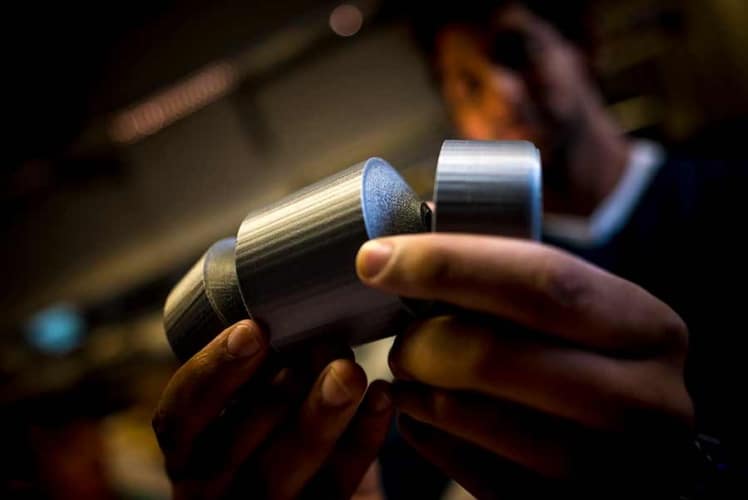
The Jacobs School of Engineering undergrads are finalists in the Lab2Moon competition being held by TeamIndus, an Indian organisation with a contract to send a spacecraft to the moon as part of the XPrize challenge. Calling themselves “Team Original Gravity”, they are one of 25 groups selected from an original pool of 3,000.
If selected, they will become the first people to brew beer in space. The experiment will shed light on how yeast acts in off-Earth environments, which has implications for the production of food, as well as the development of pharmaceuticals.
“The idea started out with a few laughs amongst a group of friends,” said Neeki Ashari, a fifth year bioengineering student at UC San Diego and the team's PR & Operations Lead. “We all appreciate the craft of beer, and some of us own our own home-brewing kits. When we heard that there was an opportunity to design an experiment that would go up on India’s moonlander, we thought we could combine our hobby with the competition by focusing on the viability of yeast in outer space.”
For simplification, yeast will be combined with the unfermented beer on Earth, with fermentation and carbonation set to take place within the same vessel when the lander arrives on the moon. Pressure, rather than density, will be used to gauge whether the fermentation has been successful, as density measurements would be skewed by the moon’s reduced gravity. The reaction will take place in a vessel about the size of a 33cl can.
“Our canister is designed based on actual fermenters,” said Srivaths Kaylan, a fourth year nanoengineering major and mechanical lead for the team. “It contains three compartments—the top will be filled with the unfermented beer, and the second will contain the yeast.”
“When the rover lands on the moon with our experiment, a valve will open between the two compartments, allowing the two to mix. When the yeast has done its job, a second valve opens and the yeast sinks to the bottom and separates from the now fermented beer.





April 1886: the Brunkebergs tunnel
First ever example of a ground source heat pump?